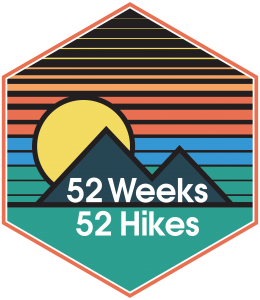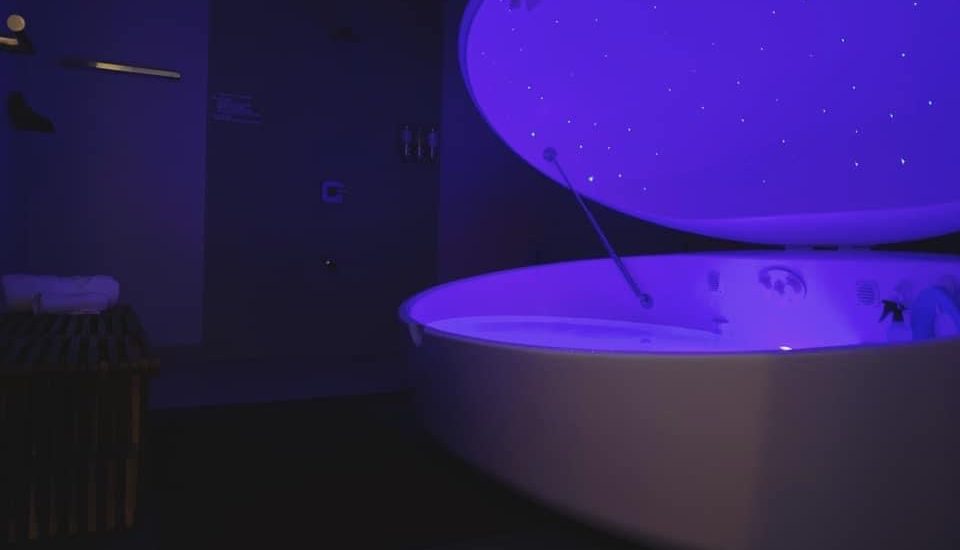To say that 2020 was a stressful year is an understatement. Many of us are looking forward to a less chaotic year in 2021 by making stress-reduction and relaxation a priority.
Maybe you’ve been thinking of taking a few yoga classes or beginning a meditation practice. These are great options, and both have proven physical and mental benefits. The combination of the two has basically kept me sane over the last ten months or so.
But with the new year approaching, I was ready for a new experience.
Enter RelaxLab in Tyler, Texas – East Texa’ first and only float therapy center. Modern float therapy – you may know it as a sensory deprivation tank or isolation tank, has been around since the 70s. The idea is that by eliminating the distractions of sight, sound, and even gravity, deep relaxation is more easily achieved.
Thirty, sixty, and ninety-minute sessions are offered. I split the difference and go for the hour-long session, slightly skeptical about an entire hour in total darkness. I’m not normally claustrophobic, but I’ve also never been enclosed in a small, dark space for an hour. Floating.In silence.
Slipping off my shoes upon, I place them in a bin and take in my surroundings. An herbal tea bar flanks the long hallway’s left side, and soft music plays in the background—a very serene, spa-like atmosphere. I follow the three owners, Laura Barton, Yenissel De Nova, and Lloyd Luthas, as they give me the rundown on what to expect.
The water inside the tank has close to 1,000 pounds of dissolved Epsom salt added.
That’s enough to simulate the Dead Sea buoyancy, allowing effortless flotation. I’ll need to shower and shampoo before and after the float – to prevent cosmetic residue; there’s no conditioner beforehand.
Luthas assures me that the hour will pass quickly. He adds, “The time is yours. You can always cut it short if you feel like you’ve got what you need.
The trio discusses the numerous benefits of floating – which commonly includes an extraordinary state of relaxation, stress reduction, muscle recovery, and enhanced creativity.
Opening the door, Barton hands me a pair of earplugs and shows me how to operate the controls in the orb – a sleek, white pod lit with blue LED lights. There is even a starlit ceiling. Not at all the slightly scary image the words sensory deprivation tank had conjured up in my mind.
Lowering myself into the 94.5-degree water – the skin’s temperature, I slowly pull the lid closed. The lights, and the stars, even soft music, are all on as a lie back. I’m six feet tall and have plenty of room. I can even sit up without fear of bumping my head.
Turning off the light, I leave the overhead stars on for now.
I want to try all the iterations available. I squirm around for a bit, not because I’m anxious; it just feels so strange. But in the best possible way. I have been SCUBA diving before and had thought the sensation might be similar, but it’s really not. While both experiences promise weightlessness, SCUBA requires a lot of equipment. Tanks, weight belts, respirators, and typically a wet suit. Today, in the tank, it is just me.
I turn off the music, slowly dimming the stars until I am in total darkness. Pitch black, with only the sound of my breathing, suspended over the water with zero effort. I resolve to be still and meditate, focusing on my breath. Acknowledging my thoughts as they pass through my mind, I don’t linger on them, instead letting them float by like clouds. I’m not aware of where the water ends and my body begins. Suspended in space and seemingly in time.
The music begins playing so softly it registers as little more than a vibration.
Gradually, it becomes louder as the lights turn back on. I’m flabbergasted. There is no way that I’ve been floating for an hour. Stepping out of the orb, a glance at my watch confirms it.
Rinsing off, I notice that the slight ache in my lower back is gone. I feel great – like I’ve had a power nap. Placing my clothes in the tote bag that De Nova supplied, I slip on the provided robe and head to the blow dry bar – filled with products to help get you ready to go back out into the world. After drying off, I notice that my skin feels amazing—an unexpected bonus. I leave feeling refreshed and light as air.
Still trepidatious about a sensory deprivation float? There are options.
RelaxLab offers an open-concept isolation tank where you can stretch out with no roof or walls. The most popular float is the enclosed float-around. The spacious pool— coming in at nearly 8 feet in diameter, lets you stretch out and enjoy a gentle floating experience. The high ceiling and open design help to soothe claustrophobia, making it ideal for first-time floaters. Both of these floats are suitable for couples.
I go through the rest of my day feeling great. Blissed out and unperturbed, even by the horrific Black Friday traffic. I get a great night’s sleep, and two days later, my back feels better than it has in a while.
Would I do it again? You bet! As we move throughout our days, we are constantly bombarded by sights and sounds. It’s a busy world, and many of us multi-task our way through it experiencing sensory overload daily. The float forced me to slow down and focus on the here and now. To hit the reset button.

As always, thanks for reading. This story was originally published in ETX View Magazine.
Check out the prologue from my upcoming book What I Wish I Knew Before I Started Hiking: Some Tales and a Few Fails From the Trail

Can’t wait for the book? Get started living your own story on the trails and transform your life. Join our Facebook Group here.
Keep up with the adventure with the 52 Weeks 52 Hike Journal. Grab your copy HERE.

[ctct form=”1329″ show_title=”false”]







